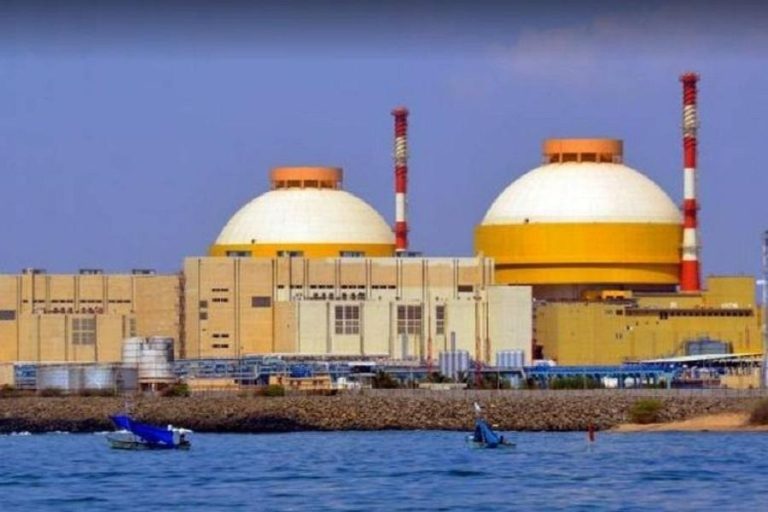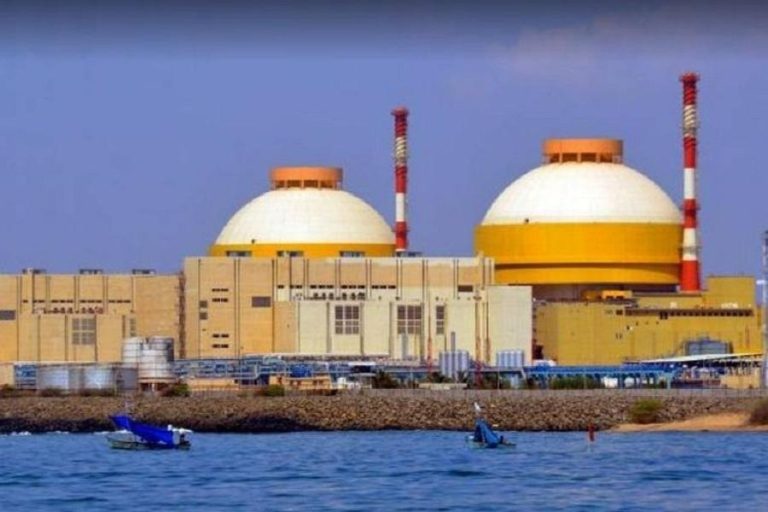
IT Employees Burn Murthy, L&T Chief’s Effigies for Proposing Longer Workweeks
In a bold protest against exploitative work practices, IT employees in Bengaluru burnt effigies of Infosys Founder Narayana Murthy and L&T Chairman SN Subrahmanyan, who recently proposed 70-hour and 90-hour workweeks, respectively. The demonstration was organized by the Karnataka IT Union (KITU), which represents thousands of IT employees in the state.
The protest took place despite the Bengaluru Police’s efforts to stop the employees from carrying out the demonstration. The police had issued a notice to the union, warning them against the protest, but the employees were undeterred. They went ahead with the protest, burning the effigies of Murthy and Subrahmanyan to express their strong opposition to the proposed longer workweeks.
Murthy, a pioneer in the Indian IT industry, had recently stated that employees should be willing to work up to 70 hours a week to stay competitive in the global market. His comments sparked outrage among IT employees, who felt that such a proposal would lead to burnout and negatively impact their work-life balance.
Subrahmanyan, the Chairman of Larsen & Toubro (L&T), also sparked controversy when he suggested that employees should be willing to work 90 hours a week to meet the company’s targets. His comments were seen as an attempt to justify the company’s exploitative work practices, which have been criticized by employees and labor unions.
The KITU, which represents thousands of IT employees in Bengaluru, has been vocal against the proposed longer workweeks. The union has been demanding better working conditions, improved salaries, and a more sustainable work-life balance for IT employees.
The protest was a significant show of solidarity among IT employees, who are often seen as being part of the middle class and are expected to be grateful for their employment. However, the employees are now speaking out against the exploitative work practices that are prevalent in the industry.
The protest was also seen as a challenge to the traditional notion that IT employees are willing to work long hours for the sake of their careers. The employees are now demanding better working conditions and a more sustainable work-life balance, which is essential for their well-being and productivity.
The Bengaluru Police’s attempt to stop the protest highlights the tensions between the government and the IT industry. While the government is willing to accommodate the industry’s demands for longer workweeks, the employees are resisting this trend, demanding better working conditions and a more sustainable work-life balance.
The IT industry has been a significant contributor to India’s GDP, and the government is keen to maintain its growth. However, the industry’s reliance on long working hours and exploitation of employees has led to burnout and negatively impacted the employees’ work-life balance.
The KITU’s protest is a significant step towards addressing these issues and demanding better working conditions for IT employees. The union’s demands are not only for the employees but also for the industry’s sustainability and growth.
In conclusion, the IT employees’ protest against Murthy and Subrahmanyan’s proposal for longer workweeks is a significant step towards demanding better working conditions and a more sustainable work-life balance. The union’s demands are not only for the employees but also for the industry’s sustainability and growth. The Bengaluru Police’s attempt to stop the protest highlights the tensions between the government and the IT industry.






